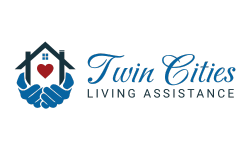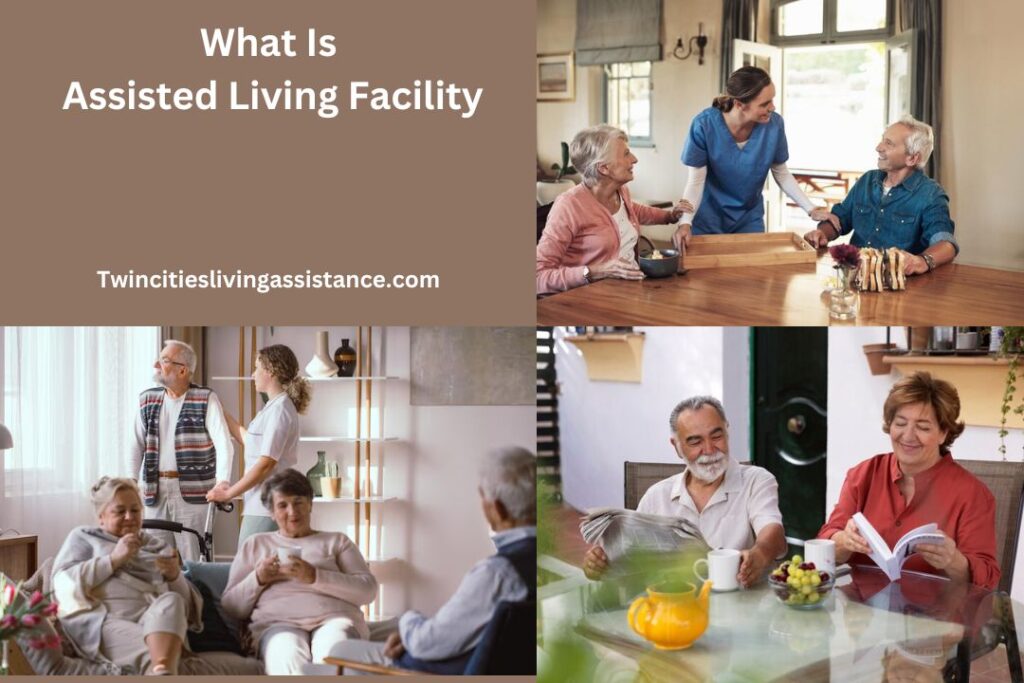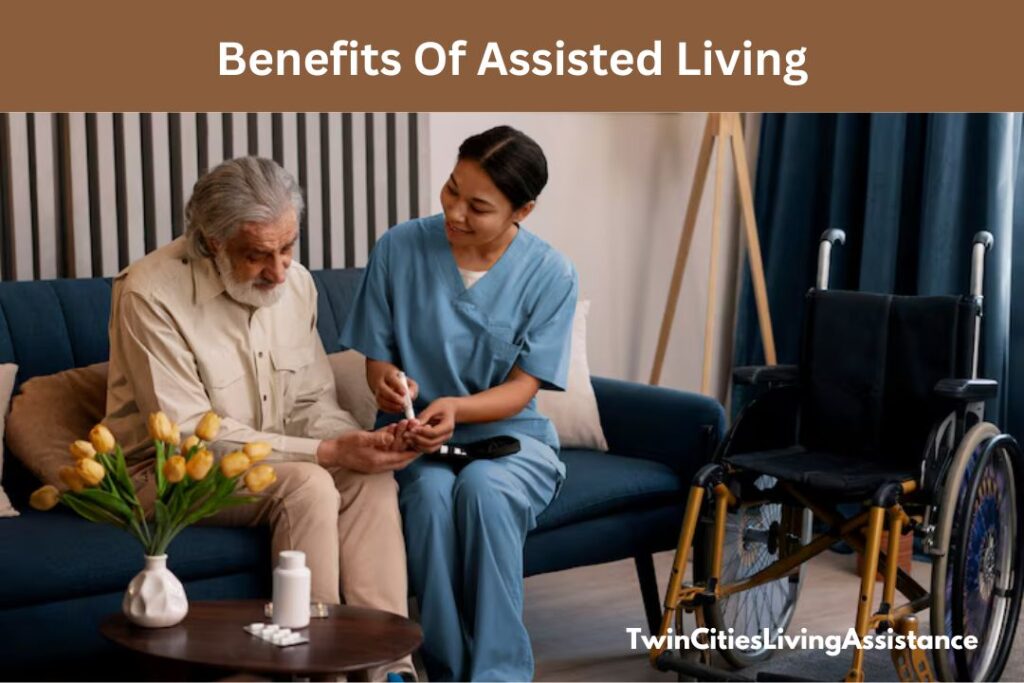
As a Senior Living Advisor at Twin Cities Living Assistance, I’ve had the privilege of helping countless families find the proper care setting for their loved ones. Time and time again, one of the most overlooked yet vital aspects of assisted living is the variety and quality of the activities offered in these communities. It’s not just about care but connection, purpose, and joy. Engaging in activities in assisted living facilities can transform routine living into a vibrant, enriching lifestyle that supports physical health and emotional and social well-being.
What Are Assisted Living Activities?
Assisted living activities are planned, structured programs and spontaneous community engagements designed to support residents’ overall wellness. These activities are tailored to meet the diverse interests, mobility levels, and cognitive abilities of seniors in assisted living facilities, primarily enhancing their quality of life.
From morning yoga to music therapy sessions, garden clubs to art classes, intergenerational events to educational seminars, the range of activities available today in assisted living centers is more dynamic than ever.
They go beyond simple recreation—essential to promoting independence, connection, and happiness.
Why Activities Matter in Assisted Living
When families ask, “What is an assisted living facility really like?” I always emphasize that a well-rounded activity program is at the heart of a fulfilling assisted living experience. Activities offer:
Physical Stimulation
Many residents benefit from gentle yet regular movement. Chair yoga, walking clubs, dance classes, and low-impact aerobics help maintain mobility and balance and reduce the risk of falls and chronic health issues. Staying active plays a vital role in aging gracefully.
Mental Engagement
Cognitive decline is a natural part of aging, but meaningful mental engagement can slow its progression. Activities like trivia nights, book clubs, puzzles, educational lectures, and memory games stimulate critical thinking and keep minds sharp. These are especially important for residents in memory care or with early-stage dementia.
Emotional Support
Group activities can help ease feelings of loneliness, isolation, or depression. Painting classes, pet therapy, music sessions, or simply sharing stories over coffee provide emotional outlets and a sense of comfort. A thriving activities calendar creates a supportive, cheerful environment.
Social Connection
Social isolation among seniors is a growing concern. Group events, holiday parties, religious services, and communal dining opportunities foster community and friendship. A lively activities program ensures something to look forward to and someone to share.
Spiritual and Cultural Fulfillment
Faith-based services, cultural celebrations, and holiday traditions are often woven into assisted living life. These activities help residents stay connected to their heritage and spiritual beliefs, offering peace and familiarity.
Types of Activities Offered in Assisted Living Facilities
Each community has its personality, and the activities in assisted living centers often reflect that. However, here are some of the most popular and impactful types of activities available:
Daily & Weekly Physical Activities
- Morning stretch or chair yoga
- Strength and balance training
- Walking or gardening clubs
- Tai chi or dancing sessions
- Group games like balloon volleyball or Wii Bowling
Cognitive & Educational Programs
- Brain fitness games and memory challenges
- Book clubs and poetry readings
- Guest speaker presentations
- Language or history classes
- Technology classes (e.g., learning to use tablets or Zoom)
Creative Arts & Hobbies
- Painting, sketching, or pottery workshops
- Knitting and crocheting circles
- Baking and cooking demonstrations
- Music and choir practice
- DIY crafts and seasonal decor-making
Social & Recreational Events
- Birthday celebrations and theme parties
- Movie nights with popcorn
- Bingo, card games, and board games
- Happy hours or ice cream socials
- Resident talent shows
Spiritual and Reflective Activities
- Non-denominational services
- Prayer groups and scripture study
- Meditation and mindfulness sessions
- Seasonal celebrations (Christmas, Hanukkah, Diwali, etc.)
Outings and Excursions
- Trips to local parks or farmers’ markets
- Museum or art gallery visits
- Lunch outings or scenic drives
- Volunteer activities in the community
- Visits to the theater or musical performances
Personalized Activities: One Size Doesn’t Fit All
One of the core strengths of a quality assisted living facility is the ability to personalize activities to suit each resident. Seniors are not a monolith—they come from all walks of life with unique passions and capabilities. The best communities conduct interest surveys and host resident councils to shape an activities calendar that resonates with their population.
For example, a former high school teacher may enjoy leading a discussion group or helping others learn something new. A retired musician might find joy in performing or organizing music appreciation sessions. These tailored approaches promote a sense of purpose and dignity.
Memory Care and Specialized Activities
For seniors living with Alzheimer’s or other forms of dementia, structured and sensory-based activities are critical. In memory care units, you’ll often find:
- Music therapy and singalongs
- Reminiscence activities using photographs and keepsakes
- Aromatherapy or sensory gardens
- Simplified puzzles and games
- Guided storytelling or legacy projects
These activities are designed to spark recognition, comfort, and emotional expression—often unlocking joy and connection in remarkable ways.
How Families Can Get Involved
Families play a vital role in enriching the lives of their loved ones. At Twin Cities Living Assistance, we always encourage families to participate in special events, holiday celebrations, and volunteer opportunities. A simple visit to join a craft session or read together can make a difference.
Some facilities also offer family councils or advisory boards, providing a platform for loved ones to share feedback and ideas that enhance the activity offerings.
Choosing a Facility with Vibrant Activities
When touring assisted living centers, pay close attention to the activity calendar. Here are a few questions to ask:
- How often are activities held throughout the day/week?
- Are there both group and one-on-one activity options?
- How are activities adapted for residents with limited mobility or cognitive impairments?
- Is resident input considered when planning the calendar?
- Do staff actively encourage and facilitate participation?
Don’t be afraid to ask to attend an event or activity during your visit—it’s the best way to get a feel for the community’s energy.
Final Thoughts: A Life Well-Lived
At the heart of any great assisted living facility lies a commitment to enriching the lives of its residents. Activities aren’t a luxury—they are essential in fostering independence, joy, and connection.
At Twin Cities Living Assistance, we believe in creating environments where seniors don’t just live—they thrive. Whether your loved one enjoys gardening, singing, learning, or simply sharing stories with friends, the right community can offer them a vibrant, supportive lifestyle full of meaningful moments.
If you’re ready to explore options or need help finding an assisted living community in the Twin Cities that prioritizes care and engagement, contact us today. We’re here to guide you every step of the way.


